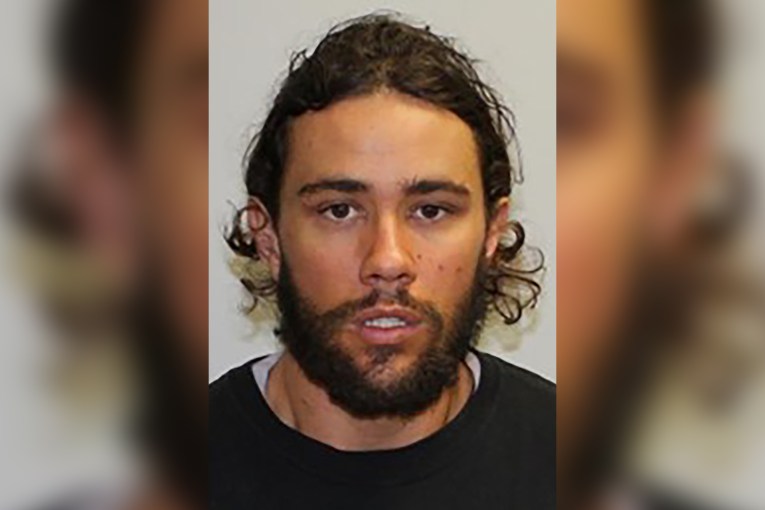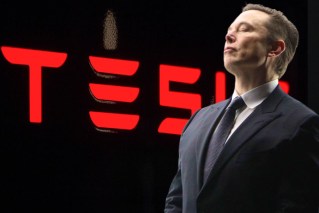Not for everybody: Tiger Woods won the lottery with this spinal surgery

Tiger Woods doesn't need Donald Trump or anyone else to hold him up since he had spinal fusion surgery. Photo: Getty
Few would have predicted that Tiger Woods would be playing in the PGA Championship this week. He had three failed back surgeries, starting in 2014. He had taken opioids. His astonishing career seemed over.
Then he had one more operation, a spinal fusion, the most complex of all, in 2017. And last month he won the Masters, playing the way he used to.
An outcome like his from fusion surgery is so rare it is “like winning the lottery,” Dr. Sohail K. Mirza, a spine surgeon at Dartmouth, said.
Disk is removed, vertebrae fused
The idea behind spinal fusion is to remove a disk – a ring of fibres filled with a nerve-cushioning jelly that joins adjacent spine bones – and fuse the spine together, a procedure that almost inevitably means trading flexibility for stability and, the patient hopes, an existence with less pain.
That was all Woods was looking for when he decided to go ahead with fusion as a last resort – “a normal life” is how he put it. He got that and much more, including a new green blazer, though the lesson that most surgeons say Woods’s experience teaches isn’t that fusion surgery is a panacea, but how much active rehabilitation and physical therapy the procedure requires for it to work.
“If you look at it simplistically, what does fusion do? It provides mechanical support,” said Dr. Charles A. Reitman, co-director of the Spine Center at the Medical University of South Carolina. “If they are missing mechanical support and that is the pure cause of the problem, then they will get better.”
Suits people with broken spines
People with a broken spine, for example, or scoliosis, which is severe spinal curvature, or spondylolisthesis, in which vertebrae slip out of place, tend to have terrific results, he said.
But those are a tiny minority of fusion patients. The vast majority of fusion procedures are performed on patients with one or more degenerated disks, disks that are worn out, dehydrated, stiff and friable. And when those disks move, patients’ backs can ache.
The solution sounds reasonable: Get rid of the degenerated disk and get rid of the pain. But maybe not. About half of middle-aged people with no back pain have degenerated disks. And at least half of patients in pain who have a fusion for a degenerated disk remain in pain.
Disabling lower back pain from degenerated disks often improves on its own, eventually. It’s not clear why because the disk is still degenerated. But the pain diminishes or even goes away.
“By middle age almost everybody has disk degeneration and a lot of people have back pain, but science has not been able to link the two,” Mirza said. “That’s the problem with fusion surgery for disk degeneration.”
Tony Delitto, chairman of physical therapy at the University of Pittsburgh, says he tries to warn patients seeking fusion surgery for a deteriorated disk not to expect too much.
“I would be very, very hesitant, and most surgeons would be very, very hesitant to tell patients that after fusion they would be pain-free,”he said.
Can cause long-term opiod use
Dr. Richard Deyo, an emeritus professor of medicine at Oregon Health and Science University, and his colleagues conducted a study in Oregon and found that about half of fusion patients who had the procedure on their lumbar, or lower, spine were using opioids before their operations. After their surgery, only 9 per cent stopped using the drugs. And 13 per cent who had not used opioids became long-term users after the surgery.
It’s hard to know what constitutes success, Deyo said. For example, one study, one of whose co-authors was Richard Guyer of the Texas Back Institute, who was widely reported to be Woods’s surgeon, reported a “clinical success rate” of 57 per cent after two years. It defined clinical success as at least a 25 per cent improvement in overall functioning, with no device failure, no major complications and no neurological deterioration.
By another definition of success – more than 30 per cent relief of pain and 30 percent improvement in function – only about half of fusion operations succeed, Mirza said.








